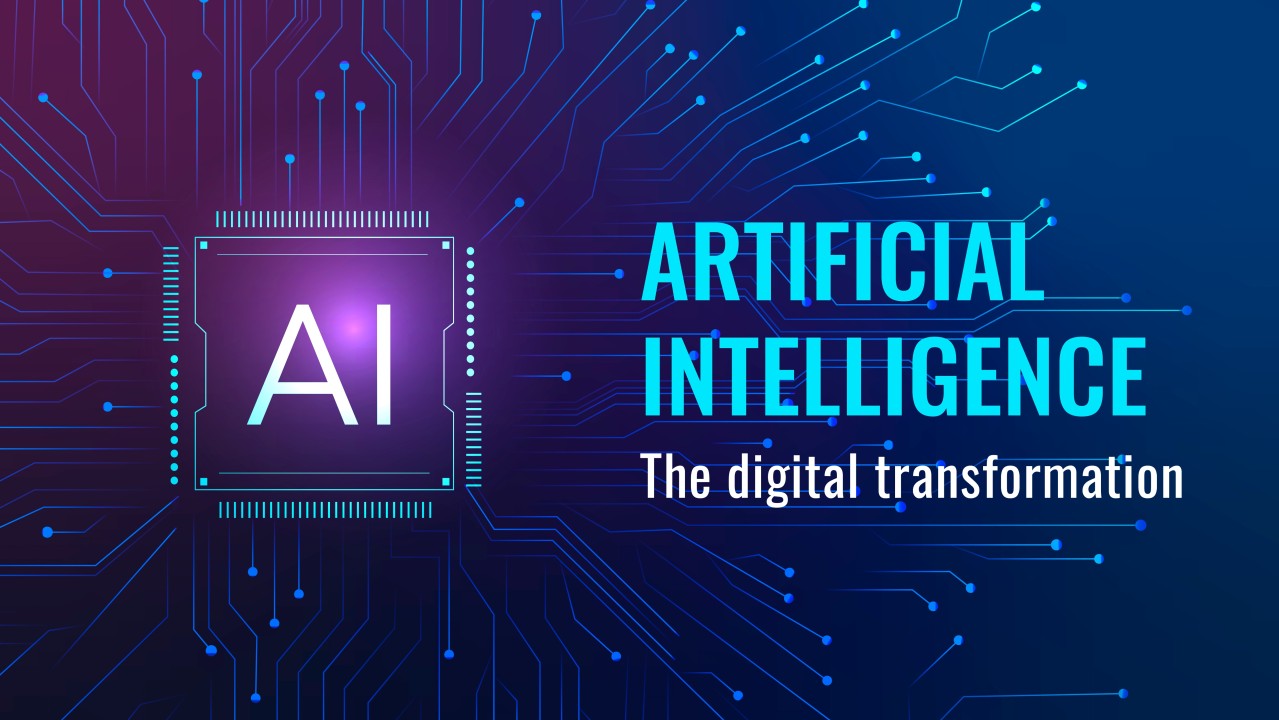
Artificial Intelligence - Definition and Introduction
Artificial Intelligence (AI) has garnered significant attention in recent times, thanks in part to generative models like ChatGPT, DALL-E, and Midjourney. Additionally, online videos showcasing robots that can converse like humans and express emotions have added to the intrigue. However, skepticism abounds, with concerns ranging from AI replacing writers and artists to AI potentially dominating the world. While those discussions are pertinent, this article aims to provide a comprehensive understanding of AI beyond the popular notions influenced by ChatGPT and similar technologies.
So, what exactly is AI? While numerous definitions exist, let us employ the one from Wikipedia. AI refers to the intelligence demonstrated by machines, encompassing the abilities to perceive, synthesize, and infer information. This distinguishes machine intelligence from human or animal intelligence. The term "intelligence" encompasses learning, reasoning, generalization, and inferential abilities.
Think of AI as sophisticated software that can emulate one or more human-like capabilities. Here, we will explore these capabilities:
1. Visual Perception: This involves leveraging Computer Vision to receive, interpret, and process input from images, video streams, and live cameras. An example would be Facial Recognition Systems that determine if a photo matches the real person in a database.
2. Text Analytics: Natural Language Processing enables AI to not only "read" but also extract semantic meaning from text-based data. Text summarization systems, for instance, can condense extensive documents into key concepts, while entity recognition systems identify people, locations, landmarks, and other entities in a given document.
3. Speech: AI can recognize speech as input (Speech Recognition) and generate spoken output (Speech Synthesis). Transcription services and software that automatically generate captions for videos are examples of this capability. Applications like voice-guided navigation in Google Maps utilize Speech Synthesis.
4. Decision Making: This capability involves utilizing past experiences and learned correlations to assess situations and make appropriate actions. Fraud detection systems that identify fraudulent credit card transactions or anomaly detection systems monitoring manufacturing plants for irregularities are examples of decision-making AI systems.
Each of these capabilities represents a distinct facet of AI. Returning to ChatGPT, DALL-E, and Midjourney, ChatGPT falls within the realm of Text Analytics, while DALL-E and Midjourney operate within Visual Perception.
AI will undoubtedly impact businesses and careers in numerous ways. As computing power becomes more robust and affordable, AI will continue to evolve. In subsequent sections, we will delve into the details of each capability, exploring how Microsoft Azure AI covers and supports these areas.
If you are interested in learning more about how AI can benefit your business or career, feel free to send me a direct message (DM).
Investor (NASDAQ), Business & Strategy Advisor, Entrepreneur, Technologist, Catholic Theology, Philosophy, Psychology, Artist, UI/UX Designer, Fundamentals Analyst
1 年Cool achievements sir Zigggy (deeply pray & fast for my & all our immense success, beyond imagination). God loves you, Mother Mary loves you. Revelation 21:4. Milo Riano